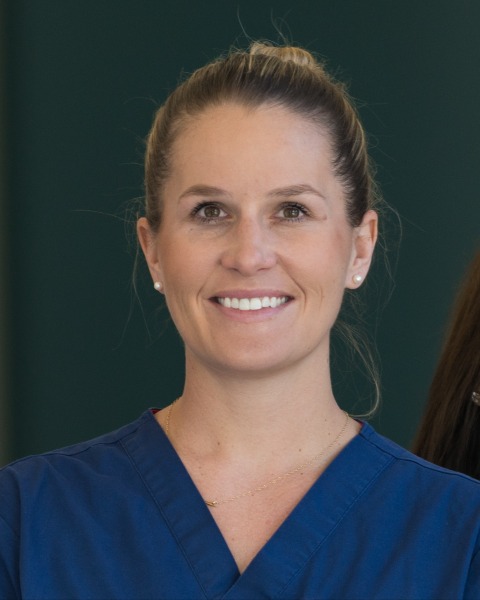Emergency Medicine 5
Session: Emergency Medicine 5
267 - Pediatric Cardiac Standstill by Point-of-Care Ultrasound, A Simulation Based Skill Assessment
Saturday, April 26, 2025
2:30pm - 4:45pm HST
Publication Number: 267.6026

Kathryn Pade, M.D. (she/her/hers)
Associate Professor of Pediatrics
Rady Children's Hospital San Diego
Rady Children's Hospital
San Diego, California, United States
Presenting Author(s)
Background: In pediatric cardiac arrest, pulse checks should be completed in 10 seconds or less per resuscitation guidelines. However, a pulse check by palpation is unreliable and can cause significant pauses during resuscitative care. A potential adjunct to improve accuracy and timeliness during pulse checks is using cardiac Point-of-Care Ultrasound (POCUS).
Objective: The aim of this study is to determine the ability of Pediatric Emergency Medicine (PEM) physicians to obtain and interpret cardiac POCUS images for cardiac standstill in < 10 seconds in simulated pediatric resuscitation scenarios following a brief video training session.
Design/Methods: This is a prospective, simulation-based study evaluating the use of cardiac POCUS during a pulse check by PEM attending and fellow physicians at a single center. Subjects performed cardiac POCUS on model patients, were then provided a brief training video, and then re-performed cardiac POCUS during a cardiac arrest simulation scenario. After reviewing the training video, subjects also interpreted 12 pre-recorded cardiac POCUS video images, interpreting as either cardiac activity or cardiac standstill. The time to perform cardiac POCUS and to interpret video images was recorded. Additionally, pre- and post-training knowledge questionnaires were completed.
Results: Twenty subjects, PEM attending (n = 14) and fellow physicians (n = 6), participated in the study. The median time to obtain cardiac POCUS images before watching the training video was 10 seconds versus 7.5 seconds after the video (p = 1.0). The overall median time for all subjects to interpret the prerecorded images was 8 seconds with a range response time from 2 to 67 seconds. Eight of the subjects, 40%, correctly interpreted all of the images.
Conclusion(s): The majority of PEM attending and fellow physicians can perform cardiac POCUS for the evaluation of cardiac standstill in < 10 seconds. The ability to interpret cardiac POCUS images for cardiac activity or standstill in < 10 seconds is variable, further research is needed to determine whether additional training could improve overall precision and timeliness.

